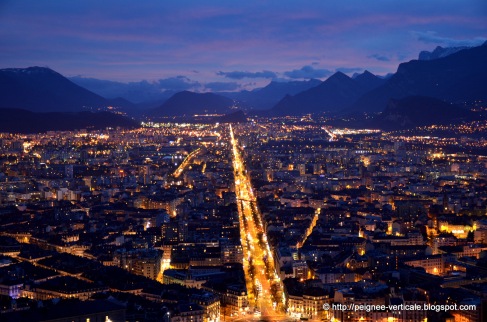A bit of culture never killed somebody!
For teenagers living in Grenoble, he is a high school or an University even if he was one the greatest French writer in the early 19th century. The Red and The Black, La Chartehouse of Parma… Still no idea? Well it could be only Stendhal who was born in Grenoble in 1783!
In the daily life, Stendhal was Henri Beyle, Stendhal was only his favourite pseudonym, the one that earned his renown. But why did he choose this name? The question brings us to Germany. Before writing books, Stendhal fought for the Napoleon Army. He took part at the Prussia Campaign and arrived in Braunschweig in 1806. He surrounded the city and discovered the city Stendal. He loved so much this little town that he added a « h » between the « d » and « a » because he thought that it would emphasize the German origin.
Some explain that the French writer devoted an unbridled admiration to Johann Joachim Winckelmann, born in Stendal in 1717. He is the founder of the modern archaeology and an advocate of the Antiquity Art. Another theory points that Stendhal met Minna von Griesheim and shared a passionate love story between 1807 and 1808. Thus, it is rather for love that he chose this pseudonym.
After his military career, Stendhal moved in Paris where he wrote most of his masterpieces till his death in 1843. If you want to know more about Stendhal, you can visit the apartment where he spent all his childhood in Grenoble! For further information, check the website: http://www.bm-grenoble.fr/596-stendhal.htm



